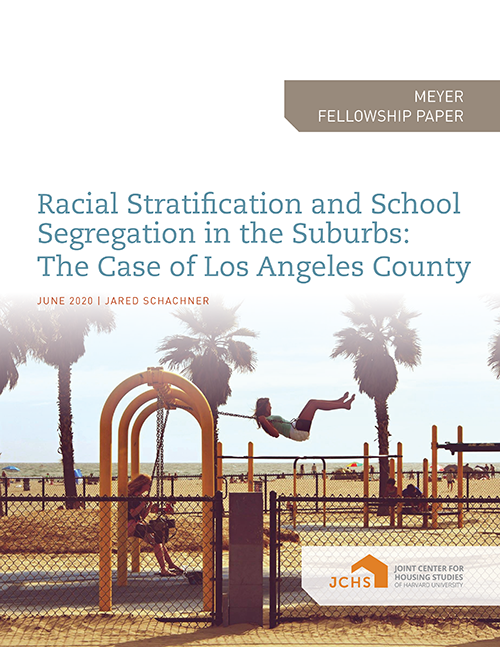Racial Stratification and School Segregation in the Suburbs: The Case of Los Angeles County
Since the mid-twentieth century, many American suburbs have transformed from lily white enclaves to multiracial milieus. How do advantaged families respond? With residential mobility declining and educational choice increasing, white and Asian suburban families may emulate their core-city counterparts, leveraging school enrollment to buffer their children from disadvantaged minorities living nearby. However, the suburban educational opportunity structure is vastly different, with private, magnet, and charter schools – and transportation options to access them – in much shorter supply. This paper proposes that strong racial preferences spur white and Asian suburban families living amongst Latino and Black children to enact them even in unfavorable circumstances: by commuting long distances to send their children to non-assigned schools. Logistic regressions leveraging Los Angeles Family and Neighborhood Survey data on over 2,000 child respondents linked to administrative data reinforce this argument. Higher concentrations of Latino and Black students in local public schools predict higher rates of white and Asian Angelenos opting out. More surprisingly, this pattern appears stronger among suburban Angelenos than it does among core-city families, suggesting parental preferences may render school supply a less central factor in driving school segregation than prior studies suggest. Stratification research should expand beyond the traditional focus on city-to-suburb residential flows and educational flows out of core-city traditional public schools, to consider suburban school sorting as an emerging manifestation of minority avoidance. Doing so may reveal that parents’ racial preferences are even stronger – and educational opportunity structures more malleable – than often assumed.

